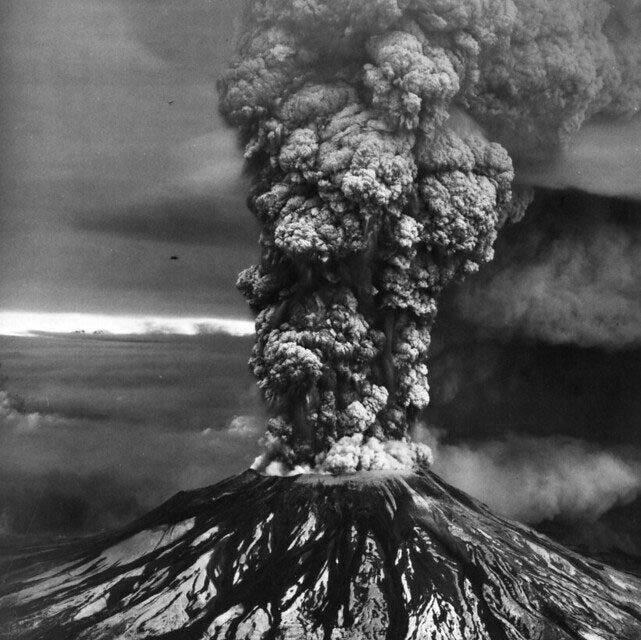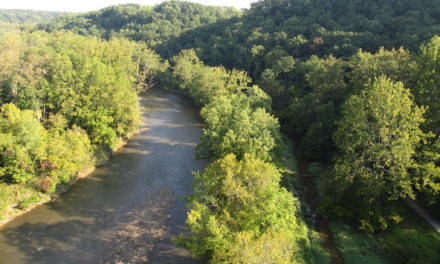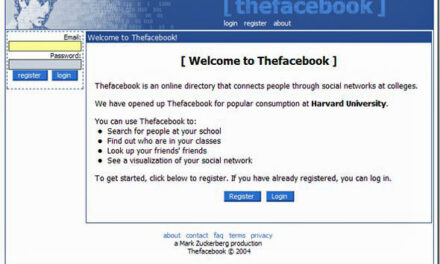CLEVELAND HISTORY
Founding of the Cleveland Orchestra (May 12, 1918): The Cleveland Orchestra was founded on this day and has since gained international acclaim for its artistic excellence. Performing at Severance Hall and venues around the world, it has played a vital role in shaping Cleveland’s reputation as a center for world-class music and culture.
Establishment of the Cleveland Metroparks System (May 14, 1917): Created to preserve green space and offer public recreation, the Cleveland Metroparks system was officially established by the Cuyahoga County Park Board. Today, it spans more than 23,000 acres and includes parks, nature centers, and more than 300 miles of trails across Northeast Ohio.
Opening of the Cleveland Museum of Natural History (May 14, 1920): Dedicated to education and scientific discovery, the Cleveland Museum of Natural History opened its doors with a mission to explore natural sciences. It now houses major collections in paleontology, biology, and astronomy and is home to “Lucy,” one of the most famous hominid fossils ever discovered.
Len Barker’s Perfect Game (May 15, 1981): Cleveland Indians pitcher Len Barker threw a perfect game against the Toronto Blue Jays at Cleveland Stadium, retiring all 27 batters he faced. It remains one of only 24 perfect games in Major League Baseball history and the last no-hitter thrown by a Cleveland pitcher to date.
Dedication of the Soldiers’ and Sailors’ Monument (May 18, 1894): Located in downtown Cleveland’s Public Square, the Soldiers’ and Sailors’ Monument was dedicated to honor Civil War veterans from Cuyahoga County. The 125-foot granite column and interior memorial room with bronze reliefs stand as one of the city’s most significant historic landmarks.
WORLD HISTORY
Sichuan Earthquake in China (May 12, 2008): A magnitude 7.9 earthquake struck Sichuan Province, causing catastrophic destruction in Wenchuan County and surrounding areas. More than 87,000 people were confirmed dead or missing, and millions were left homeless. The disaster prompted a massive humanitarian response and remains one of the deadliest natural disasters in modern Chinese history.
Assassination Attempt on Pope John Paul II (May 13, 1981): During his weekly audience in St. Peter’s Square, Pope John Paul II was shot four times by Turkish gunman Mehmet Ali Ağca. Despite life-threatening injuries, the Pope survived and later visited his attacker in prison to offer forgiveness—an act that became a powerful symbol of compassion and reconciliation.
Proclamation of the State of Israel (May 14, 1948): David Ben-Gurion announced the establishment of the State of Israel in Tel Aviv, just as the British Mandate for Palestine expired. The United States recognized the new nation within hours. The event triggered immediate regional conflict but marked the beginning of Israel as a modern sovereign state.
Suppression of the Warsaw Ghetto Uprising (May 16, 1943): After nearly a month of resistance by Jewish fighters, Nazi forces crushed the uprising and destroyed the Great Synagogue of Warsaw as a symbolic gesture. Thousands of Jews were killed or deported to extermination camps, and the event remains one of the most heroic acts of Jewish resistance during the Holocaust.
Eruption of Mount St. Helens (May 18, 1980): A 5.1-magnitude earthquake triggered a massive eruption of Mount St. Helens in Washington state, leading to 57 deaths and the destruction of hundreds of square miles of forest. The blast flattened the surrounding landscape and remains the deadliest and most economically damaging volcanic eruption in U.S. history.






